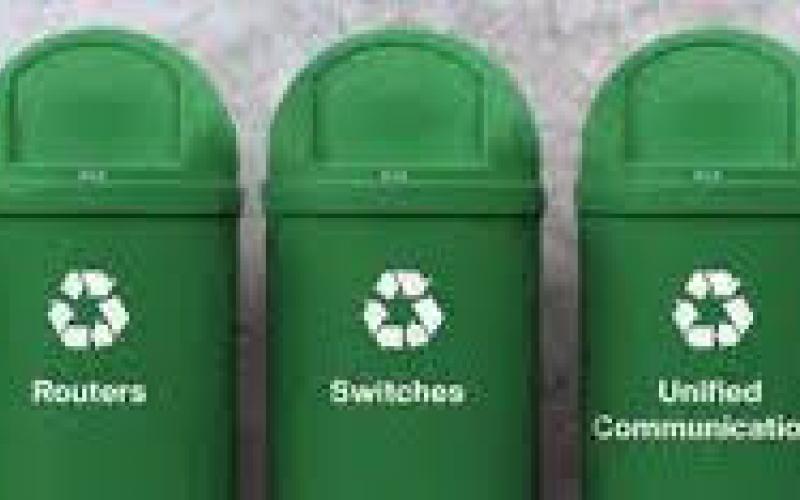In honor of St. Patrick's Day, we're celebrating green – the color of shamrocks and the Emerald Isle itself. But in technology, of course, the term "green" doesn't refer to the FD&C Green No. 3 in your pilsner, but to the energy efficiency of your products or business practices.
"Going green" has long been a goal for large data centers, which use huge amounts of power for climate control. But today it's common for mainstream companies to have sustainability initiatives to increase use of renewable energy, reduce pollution, lower their overall footprint on the planet, and provide healthier work environments.
Sustainability can also affect a company's bottom line. While overhauling some practices into earth-friendly alternatives is sure to require some up-front investment, the long-term savings can be significant. Just imagine replacing every light bulb in an entire office complex with LEDs. You may cringe at the price of LEDs, but they'll stay lit long after the majority of the employees (and maybe even the business) has moved on.
In addition, potential customers care about green practices, so having a reputation as a sustainable business can go a long way. According to the recent Global Sustainability Report from Nielsen, 45% of the 30,000 consumers polled viewed a company's commitment to the environment as a key driver when making a purchase, and 66% were willing to pay more for environmentally friendly products.
The US EPA’s Green Power Partnership organizes companies interested in green technology and publishes quarterly lists of those using the most green power in categories like education, local government, retail, and technology. The agency's Top 30 Tech & Telecom list represents the largest green power users in technology and telecommunications, and includes many household names for IT pros. Count down the top five, and find out what makes them as green as that Paddy's Day brew in your glass.
(Image: baona/iStockphoto with modification)














